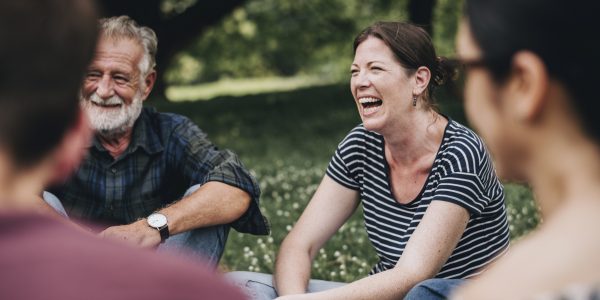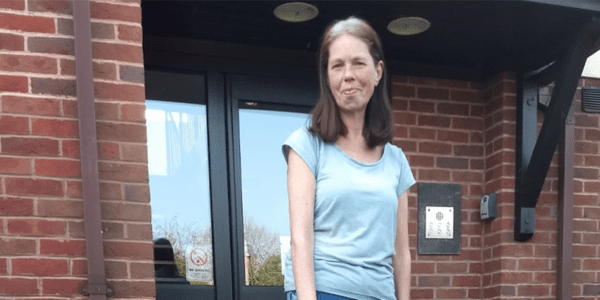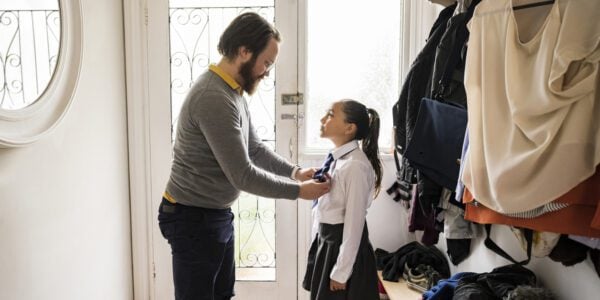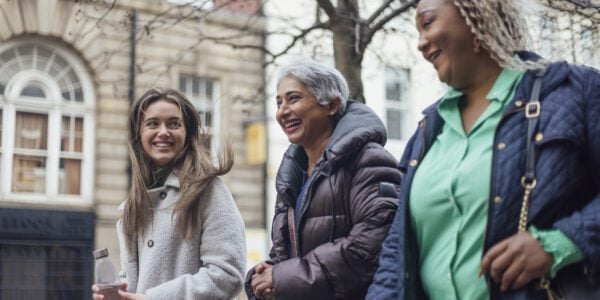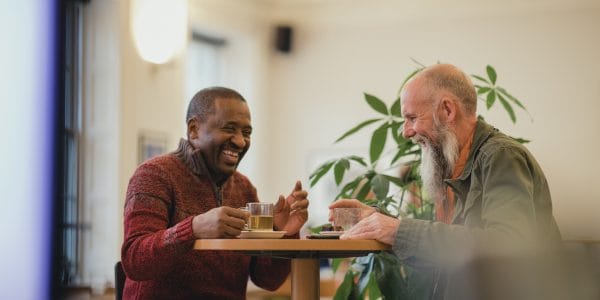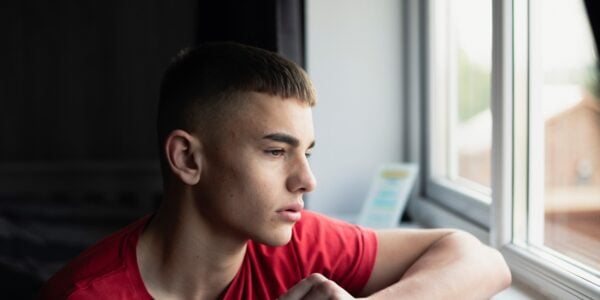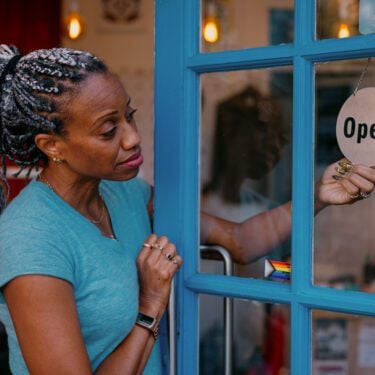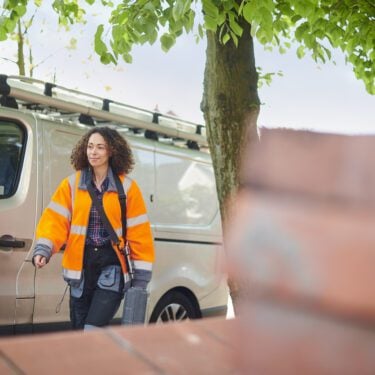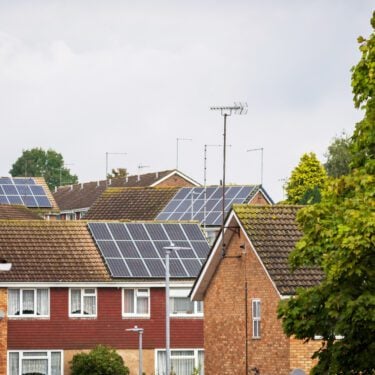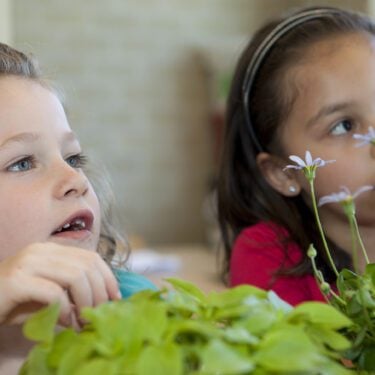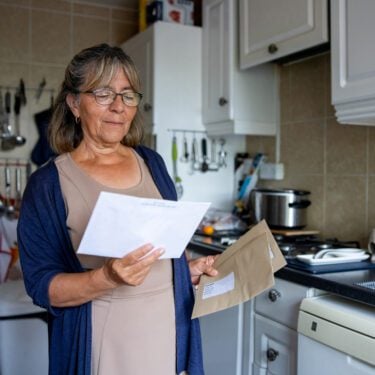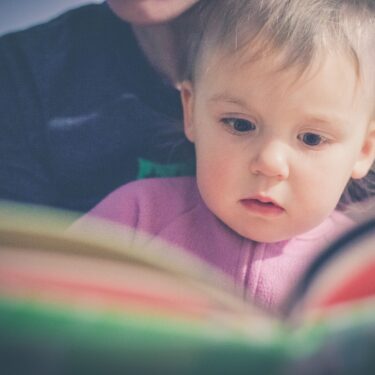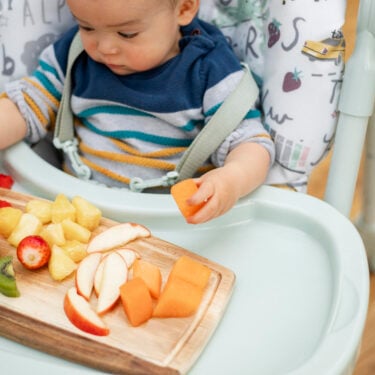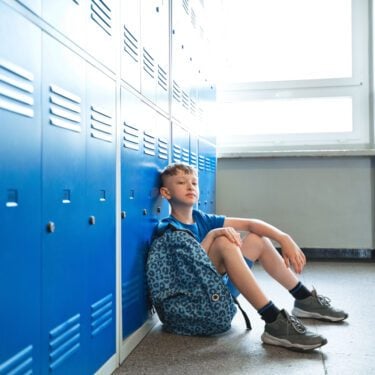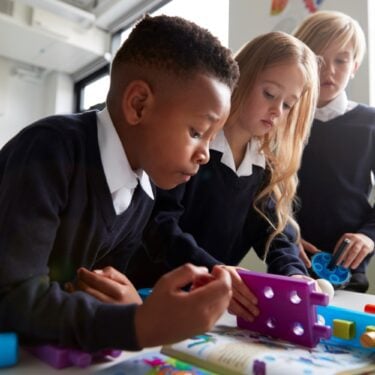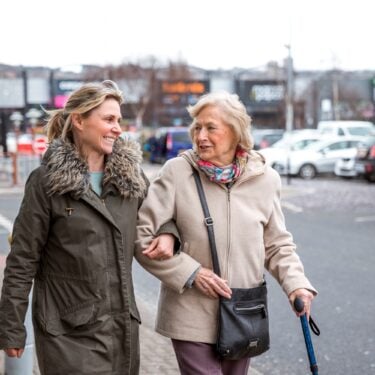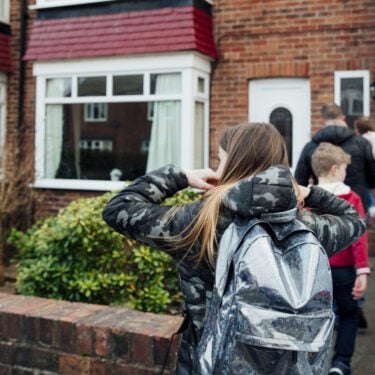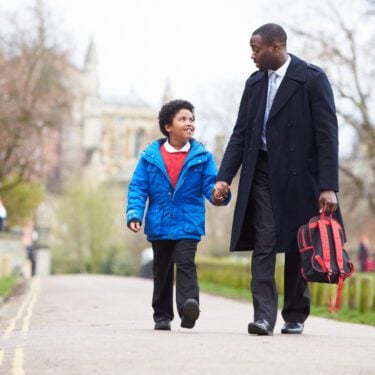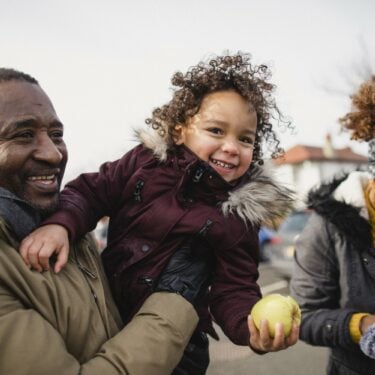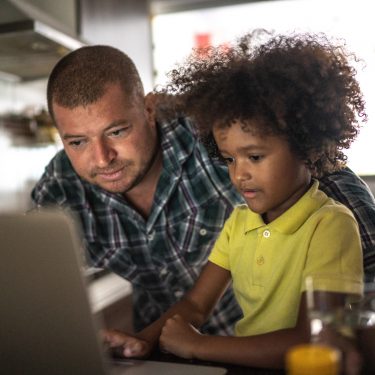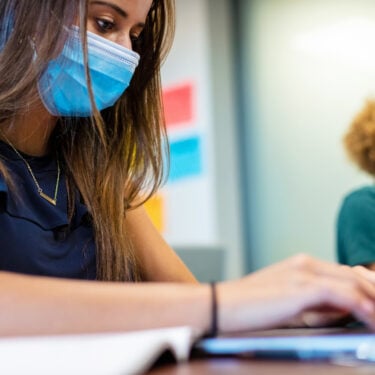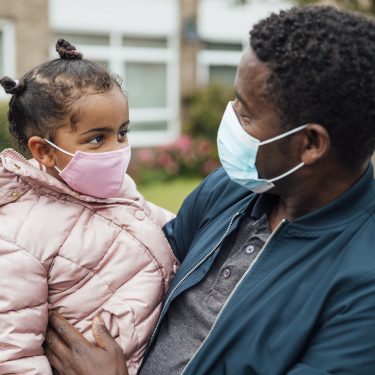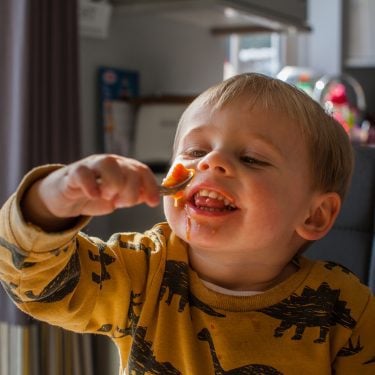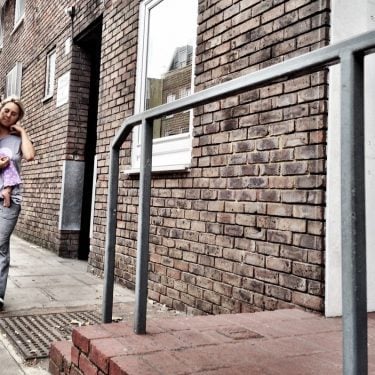
17/06/21
2 min read
A fifth (21%) of people are currently worried about catching COVID-19, while just under a fifth (18%) are worried about becoming seriously ill from the disease, find UCL researchers as part of the Nuffield-funded COVID-19 Social Study.
These figures are the lowest since the beginning of the pandemic, but worries about catching the disease have been rising among those aged 18-29 over the past two months. Currently, 28% in this age group are worried, compared to 20% of adults ages 30-59 and 19% of adults ages 60 plus. Since the easing of restrictions in March for the latest lockdown, people not living with children have also been more worried (currently 22%) about catching COVID-19 than those living with children (currently 19%).
Conversely, keyworkers have been less worried about catching the virus than non-keyworkers since last summer (currently 18% of keyworkers say they are worried versus 22% of non-keyworkers) but differences between these two groups in worries about falling seriously ill from it have been negligible. People with a mental or physical health diagnosis, people with lower household incomes, and women have generally been more worried about both catching and falling ill from COVID-19 over the course of the pandemic.
Launched in the week before the first lockdown started, the ongoing UCL COVID-19 Social Study is funded by the Nuffield Foundation with additional support from Wellcome and UK Research and Innovation (UKRI). It is the UK’s largest study into how adults are feeling about the lockdown, government advice and overall wellbeing and mental health with over 70,000 participants who have been followed across the last 64 weeks.
Lead author, Dr Elise Paul (UCL Institute of Epidemiology & Health) said: “Our report shows that as cases, hospitalisations, and deaths are relatively low, people have become less worried about catching and falling seriously ill from COVID-19. Interestingly, the groups who are less worried about the disease include those such as keyworkers, who are often the least able to take action to limit social contact.
“This could be due to this group being more likely to be fully vaccinated, or potentially because they have grown used to being in higher-risk situations and as such have become used to the possibility of infection, even with precautions in place.
“We can also see that worries around catching the virus have increased among younger people, likely due a large number of this group not yet being offered the vaccine and an increasing number of hospital admissions being from younger demographics as the vaccine rollout continues.”
Happiness and life satisfaction has been increasing among respondents since the end of January this year, and levels are now at the highest point since the study began. All demographic groups have reported increasing levels of happiness and life satisfaction since the easing of restrictions for the latest lockdown.
‘Majority’ compliance with the rules and guidelines surrounding the COVID-19 lockdown has remained high throughout the easing of restrictions, and is currently at 91%. However, ‘complete’ compliance with the rules remains lower, at 45%, the same as in summer 2020.
Whilst happiness levels have increased for all demographic groups in recent months, we continue to see differences in the social and economic impacts of the pandemic. 18-29 year olds have recently been reporting higher levels of worries about finance and, as Nuffield-funded research from the Resolution Foundation has shown, young people were more likely to lose their jobs or be furloughed during the pandemic. As furlough ends and uncertainty in the job market continues, the government should consult young people on how best to support them, not only financially but also through access to training, mental health support and housing.”Cheryl Lloyd, Education Programme Head at the Nuffield Foundation
COVID-MINDS Network
The study team is also running the COVID-MINDS Network: an international network of over 140 longitudinal mental health from over 70 countries. Through the network, dozens of scientists and clinicians are coming together internationally to collate results from mental health studies running in countries around the world and compare findings. The initiative is supporting the launch of new mental health studies in other countries, to research whether actions taken in specific countries are helping to protect mental health.

